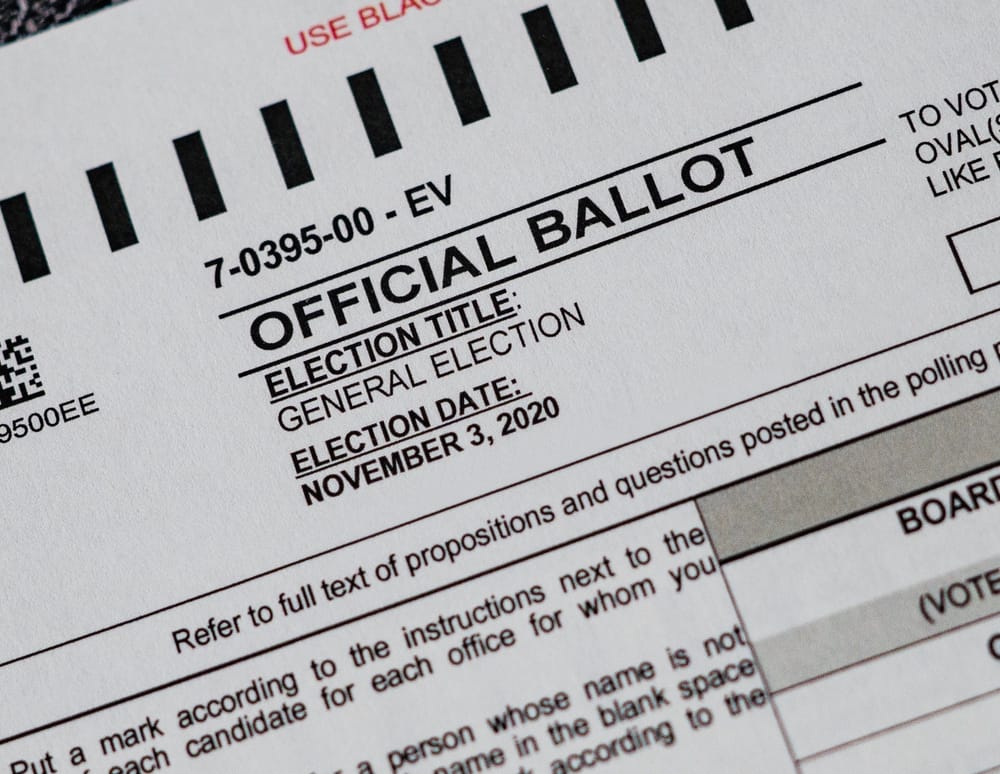The office of the U.S. President is one of profound influence and responsibility. The Constitution outlines basic qualifications for individuals seeking this position. However, nuances, challenges, and interpretations have prompted the U.S. Supreme Court to step in on occasions. Here's a detailed exploration:
Click the link on the case names to further explore on Etalia.ai.
Constitutional Basics
Article II of the Constitution provides the fundamental qualifications: the president must be a natural-born citizen, at least 35 years old, and a U.S. resident for a minimum of 14 years.
Natural-Born Citizen Controversy
While the Constitution states that the president must be a "natural-born Citizen," it doesn't define the term. The debate around this term's exact meaning has persisted, particularly in the context of candidates born outside the mainland U.S. or to foreign parents.
Supreme Court Case: United States v. Wong Kim Ark (1898)
While not directly about presidential qualifications, this case is crucial for interpreting the "natural-born citizen" clause. Wong Kim Ark, born in the U.S. to Chinese parents who weren't citizens, was found to be a U.S. citizen by birth. The Court ruled that almost everyone born on U.S. soil is a U.S. citizen, potentially clarifying part of the "natural-born" debate.
The 22nd Amendment's Term Limits
Ratified in 1951, this amendment limits presidents to two elected terms. However, if a vice president or another successor assumes the presidency and serves less than two years of the former president's term, they may be elected to two more terms.
Supreme Court Case: Hollingsworth v. Clinton (2000)
While Bill Clinton's potential to run for a third term wasn't directly addressed by the Court, the Justices did confront the matter tangentially. A lawsuit claimed that the 22nd Amendment was unconstitutional. The Court didn't provide an opinion on the amendment's merits but dismissed the case due to the plaintiffs' lack of standing.
Age and Residency Requisites
These qualifications are clear-cut and haven't been major contention points. However, the rationale behind them is essential: to ensure that the president has a substantial understanding of and connection to the nation they lead.
Impeachment and Disqualification
Article I, Section 3, Clause 7 of the Constitution notes that an impeached and removed president can also be barred from future office by the Senate.
Supreme Court Case: Nixon v. United States (1993)
While this case revolved around Judge Walter Nixon's impeachment, not a president's, it holds relevance. The Court ruled that the judiciary couldn't review Senate impeachment proceedings. By extension, this decision suggests that the Senate holds considerable discretion in disqualifying impeached officials, potentially including presidents, from future office.
Presidential qualifications, while outlined in the Constitution, aren't devoid of complexities. Over time, the Supreme Court has been instrumental in clarifying, upholding, or interpreting these criteria, ensuring that America's executive branch remains within the democratic framework envisaged by the Founding Fathers.
Note: This blog is a cursory overview of SCOTUS decisions on the qualifying factors for the Office of the U.S. Presidency. Given the nuances inherent in each case, a comprehensive analysis would warrant a more exhaustive exposition. Always ensure factual accuracy and currentness when writing on legal topics, as newer decisions or legislation might alter the landscape. View these cases on Etalia.ai for the published opinion of the court, oral argument transcripts, and for recent cases, the audio of the oral arguments presented before the court.






